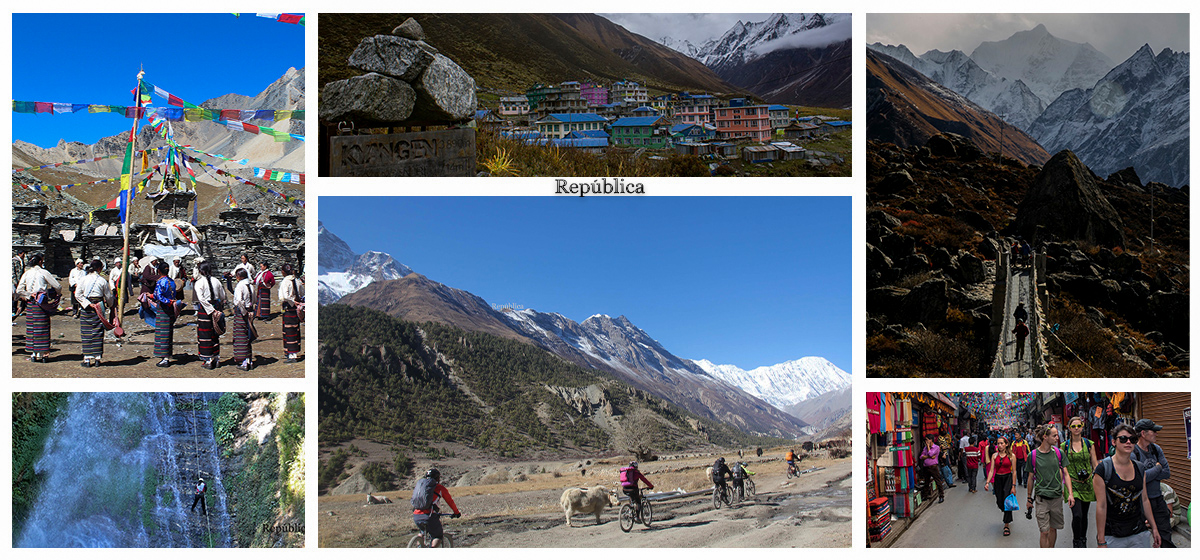COP28, representing the 28th session of the Conference of the Parties (COP), concluded last week, marking a historic milestone in initiating the transition from the fossil fuel era amid another record-high global temperature. This adds to a year of severe weather events. The world set the stage for a rapid, fair, and inclusive shift with substantial emissions cuts and increased financial support. This accord could be a turning point towards a more sustainable and climate-resilient future, contingent on honest implementation by all parties.
The history of global warming is long. Guy Callendar first detected the rise in global temperatures in 1938, noting a significant increase of 0.30°C over the preceding 50 years. By 1967, the first Earth climate computer model emerged, predicting potential consequences such as Antarctic ice sheet collapse and rising sea levels. The 1979 World Climate Conference, organized by the World Meteorological Organization, voiced concerns about expanding human activities causing global climate challenges for the first time in history.
In 1988, UNEP and WMO established the Intergovernmental Panel on Climate Change (IPCC) to assess the impact of climate change, bridging knowledge gaps and addressing the complex issues surrounding global warming and its effects. The first IPCC assessment report was published in 1990, followed by the supplementary report in 1992. It has been followed by a series of IPCC assessment reports. The latest, IPCC Assessment Report (AR6), the sixth of the series, was published early this year, March 2023. It served as the basis for negotiations during COP28.
Sustainable Tourism Challenges

According to AR6, there is an undeniable human impact on the climate, leading to the warming of our atmosphere, oceans, and land. This influence is visibly affecting various weather and climate extremes worldwide, with observed changes in extreme weather conditions such as heatwaves, heavy rainfall, droughts, and tropical cyclones, etc., on the rise. This fact remained crucial to reaching an agreement in COP28. COP, the formal meeting of the Conference of the Parties, which started in Berlin in 1995, is the supreme decision-making body of the convention convened under the UNFCCC. Since the inaugural COP in Berlin, there have been 28 such conferences aimed at addressing global climate issues.
Reflecting on the journey from the initial discovery of rising global temperatures to the formation of crucial bodies like UNEP, WMO, and the IPCC, along with the extensive COP series, Nepal, and similar nations need to reassess the efficacy of global climate initiatives. Despite numerous commitments from industrialized countries, particularly major emitters like the USA and China, historical COP agreements have faced challenges in acceptance and implementation and remain elusive. The Kyoto Protocol, adopted in 1997, deemed a milestone, encountered obstacles in execution. In 2012 at COP18, the Kyoto Protocol was extended until 2020, but major industrial countries, including the US, China, Russia, and Canada, among others, did not support this extension. The Paris Agreement emerged in 2015, aiming to limit global warming to 2°C above pre-industrial levels, effectively superseding the Kyoto Protocol as the primary global instrument for addressing climate change.
The 15th COP in 2010, held in Copenhagen, introduced the concept of financing for developing countries in the long term, aimed at addressing climate change impacts and subsequently established the Green Climate Fund (GCF). However, a notable challenge arose as industrialized nations maintained a disproportionate influence on its governance board, shaping decisions to align with their interests. Despite a commitment to contributing $100 billion to the fund by 2025, progress has been slow, with implementation lagging behind ambitious announcements. This delay holds significant implications for vulnerable communities, especially in developing nations where urgent climate adaptation assistance is required. Furthermore, the 27th COP theoretically agreed to the development of a fund for loss and damage; however, its working modality is still unknown. The 28th COP is expected to present a concrete roadmap; however, it is still far from reaching a consensus.
Regrettably, the existing structure of the fund falls short in effectively addressing the pressing issues impacting our livelihoods. The focus has predominantly centered on mitigation strategies so far, overlooking the vital aspect of adaptation crucial for the resilience of communities facing immediate climate change impacts. The gap between promises and actions highlights the pressing need for effective and equitable international collaboration in addressing climate challenges. The international community must reassess the allocation of resources within the GCF, ensuring an equitable approach that prioritizes adaptation initiatives. This realignment is necessary to better address the diverse needs of communities navigating the daily challenges posed by a shifting climate.
Aligned with the Paris Agreement, Nepal has submitted its Nationally Determined Contributions (NDCs), outlining ambitious targets for reducing greenhouse gas emissions across key sectors. Committing to achieving net-zero emissions by 2045, Nepal aims to set a sectoral target for cumulative emission reductions, among others. Despite these ambitious goals, the targets were established with limited knowledge without data support. The Nepalese government faces challenges, lacking precise information on required resources and a plan to secure necessary funds. The development under these targets will suffer from insufficient and poor-quality data backup, and the national requirements remain unclear. While prioritizing emission reduction, Nepal should focus on adaptation, crucial for community resilience against immediate climate change impacts.
Adopting mitigation strategies as mentioned in NDC can result in cutting off sector carbon emissions, thereby escalating the overall development costs in every estimate. Studies show that incorporating adaptation and mitigation measures into the development of physical infrastructure could lead to an increase in project costs by as much as a quarter. However, the Nepal government has not considered such facts. This may pose a risk of inadequate implementation or impeding our developmental progress. As a practical example, the use of machinery in agriculture has witnessed a notable increase in Nepal in recent years, a trend expected to persist. If restrictions on diesel or gasoline use are imposed in the name of emission reduction, or if additional taxes are levied, the pace of adaptation is likely to stall. This directly impacts cultivation areas, productivity, and subsequently food security. Likewise, we are currently undergoing a phase of significant infrastructure development, involving a substantial amount of cement and the use of heavy equipment; it becomes crucial to assess the impact on our strategies and their feasibility during this development.
Questions arise about whether the Nepali people can afford such costs, a consideration seemingly overlooked by the Nepal government. Before entering negotiations, it is imperative to identify potentially affected sectors, simulate various development and emission scenarios, anticipate potential cost escalations due to emission mitigation strategies, and seek the additional funding required to reduce emissions. Developed countries have already established infrastructure, reaching almost saturation, and their agriculture sector is fully automated. Now, they can invest resources to make it green. However, we cannot afford it. While we acknowledge that adopting emission reduction strategies will have long-term benefits, we question whether we should remain underdeveloped, poor, and food insecure in the name of net-zero.
To address this, the Nepal government must urgently prioritize these issues, conduct in-depth research on how emission mitigation will impact our development, food production, and food security, along with other sectors. During negotiation meetings, developed nations present well-prepared arguments supported by research-based facts that bolster their interests. On the contrary, we frequently find ourselves either absent or, when present, reliant on opinions, which considerably weakens our negotiating power. As always, this time too, we found ourselves on the sidelines or struggled to assert our stance effectively, although we managed to highlight the mountainous issue in COP, primarily due to the recent visit of the Secretary-General of the United Nations, António Guterres, rather than our research-based evidence. Therefore, we must focus on preparing a comprehensive research-based dataset beforehand for such negotiations for the upcoming COPs. It should come up with figures, supported by facts or realistic assumptions due to the adoption of emission cut-off strategies for different development and emission scenarios, and negotiate to receive an escalation price from industrialized countries. Additionally, the allocated funds like GCF or proposed loss and damage should be easily accessible, and a mechanism should be developed to receive them directly for every project of our choice without any restrictions. Otherwise, our development pace will be hindered by the challenges of climate change, resulting in a future generation that continues to grapple with underdevelopment and resource deficits, prolonging our underdeveloped status for many years to come.







































